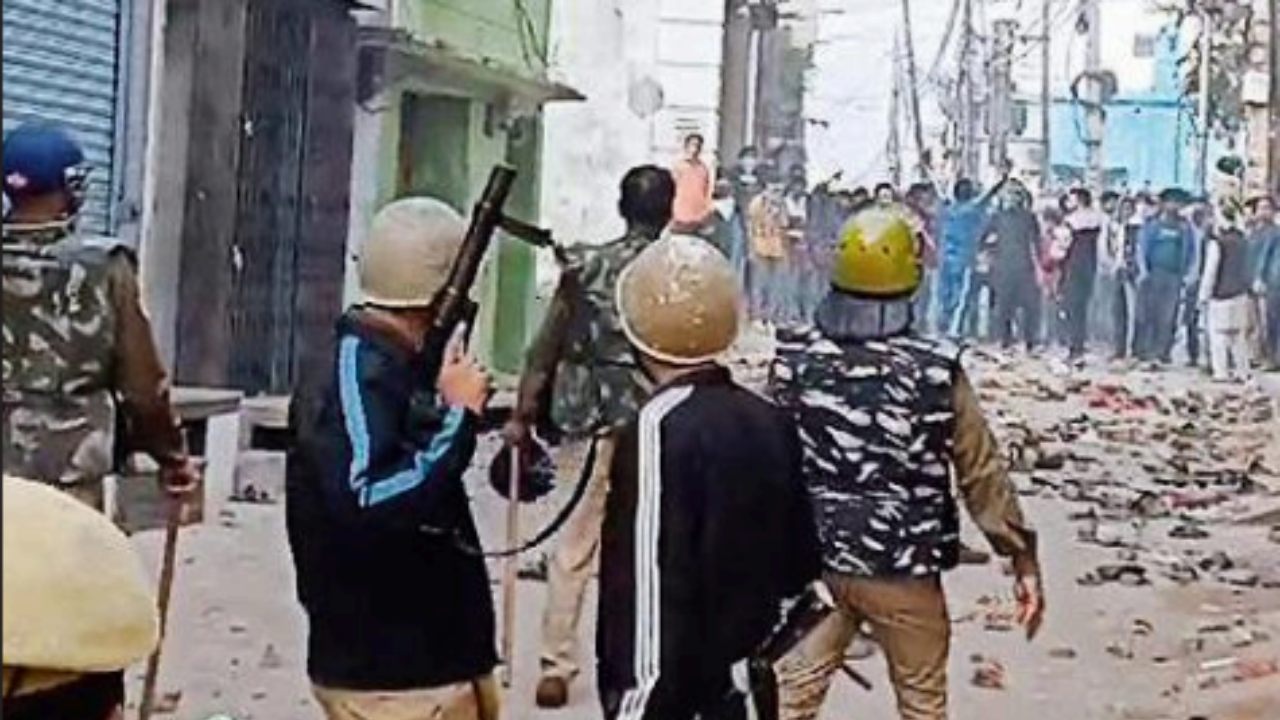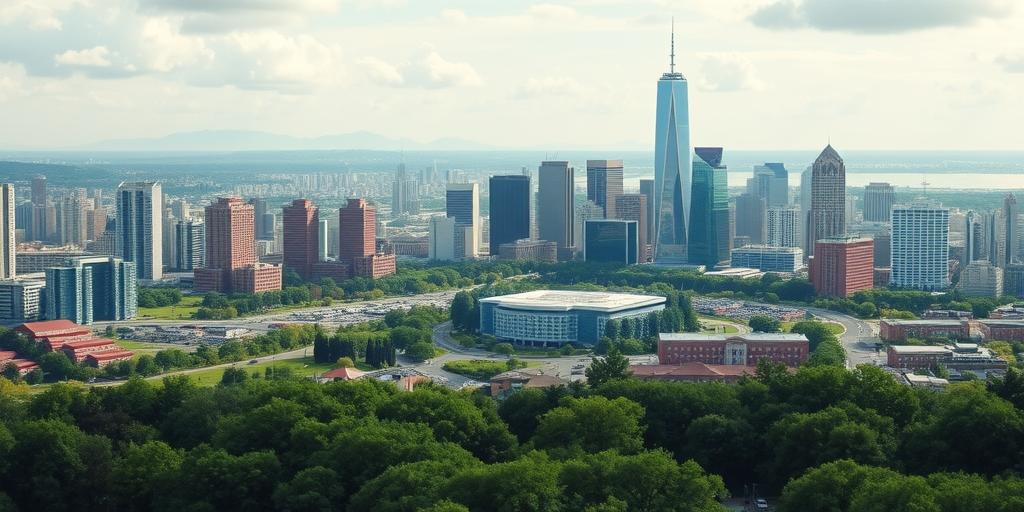
Sambhal Riots of 1978: A Legacy of Violence and Unresolved Justice
Sambhal Riots of 1978: A Legacy of Violence and Unresolved Justice
In 1978, the Indian town of Sambhal became the scene of one of the most devastating riots in the country's history, leaving a scar on its community that persists even today. What began as a small dispute at a college quickly escalated into widespread communal violence, resulting in the tragic loss of 184 lives and a dramatic shift in the town's demographics. The scars of this horrific event still run deep.
The Spark that Ignited the Inferno
The 1978 Sambhal riots erupted from seemingly minor incidents at MGM College. A seemingly simple student-related incident – students assigning titles to attendees – created an explosive situation when local Muslim leader Manzar Sharif took offense. This quickly spiralled, culminating in a large-scale protest and attempts to shut down local shops. The violence quickly escalated and became deadly.
A Dispute Turned Deadly
The clash quickly turned violent, with shops being set on fire. What had begun as a student protest devolved into sectarian violence that would leave a permanent mark on the town. This horrifying display of communal conflict underscored the fragility of peace and order when fuelled by unchecked tension.
The Killing of Banwari Lal Goyal – A Turning Point
The murder of Hindu businessman Banwari Lal Goyal was a pivotal moment. The act of violence further fuelled the rioting and panic among the Hindu population, leading many to flee for their safety. Goyal's death served as a catalyst, exacerbating the existing tensions between the communities and turning a volatile situation into utter chaos.
The Aftermath: A Town Transformed
The aftermath was devastating. Over a month-long curfew was enforced to contain the widespread violence. Over 168 FIRs were filed with about 1,200 people implicated. However, many were later acquitted due to insufficient evidence, leading to a heartbreaking sense of injustice for those affected.
A Demographic Shift
The riots left an enduring impact on the population of Sambhal. The percentage of Hindus in the region plunged from 35% to 20%, representing a significant population shift. The riots didn't just destroy homes and lives – they fractured the community for years to come. The demographics permanently shifted. This change would shape the town's character for decades.
Justice Denied: An Unfinished Story
The fact that most accused were acquitted, fueled by insufficient evidence highlights the persistent problems with accountability and justice in the Indian legal system. Many victims and survivors continue their decades-long quest for justice and closure. While some properties have been returned to those who were displaced, much remains undone. The failure to achieve significant justice further perpetuated the sense of loss among the affected communities.
The Reopening of the Shiv-Hanuman Temple: A Symbolic Gesture, and Renewed Hope?
The recent reopening of the Shiv-Hanuman temple, which remained locked for 46 years, has served as a poignant symbol. It signifies more than just restoring a building; it signals a fresh chapter in the town’s story. The act rekindled discussions about the riots and sparked hopes for the future, yet also underscored the unresolved issues of justice and accountability.
The Significance of Restoration
This symbolic act of restoring this sacred space can symbolize the town's journey toward healing and reconciliation, signifying an attempt to redress a terrible wrong, and rebuild more peaceful communities. The land restitution of some displaced families offers small slivers of hope and justice.
A Long Road to Reconciliation
Yet, the wounds of 1978 remain, even with the temple's reopening. It underscores the lingering issue of communal relations in this area. While symbolic victories, such as the return of some properties, offer some relief, many families still grapple with the impacts and injustices associated with these horrific riots.
The Ongoing Quest for Justice and Healing
Survivors of the riots continue to demand justice and seek closure for the trauma they experienced. It serves as a powerful reminder of the importance of confronting the long-term consequences of communal violence and ensuring victims have an opportunity to heal.
Continued Demand for Accountability
Though some land has been restored to displaced families, and the temple stands reopened, many continue to grapple with losses and unresolved issues. The demand for justice highlights the deep pain and trauma that remain from these horrific events.
Striving for Peace and Understanding
Though scarred by the horrific events of the past, the path forward for Sambhal is the urgent pursuit of lasting reconciliation. The residents of Sambhal deserve peace and understanding amongst neighbors. This healing journey necessitates addressing root causes of past and future conflicts.
Take Away Points:
- The 1978 Sambhal riots highlight the devastating consequences of communal violence.
- The lack of sufficient accountability perpetuates suffering among survivors.
- The reopening of the temple offers some hope, but deeper work remains for healing.
- Continued pursuit of justice and reconciliation is essential for the community’s well-being.








